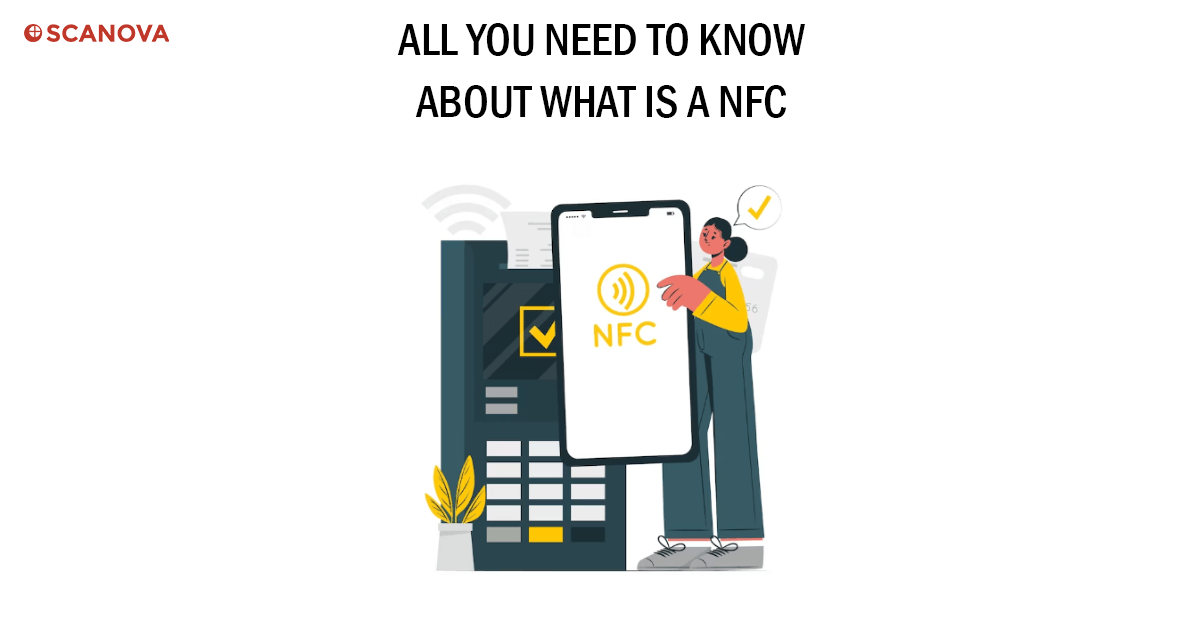When you ponder the intricacies of your smartphone, it’s downright astonishing. Each serving a unique purpose, many high-tech features are packed into one compact device. One such feature is Near Field Communication, or as it’s commonly known, NFC. If you’ve ever skimmed through your phone settings and wondered, “What is NFC on phones?” you’re certainly not alone.
In the simplest terms, NFC is a form of wireless data transfer that helps nearby devices interact without an internet connection. It’s a straightforward, intuitive technology that has entirely transformed our phone use. NFC, which evolved from RFID, allows your smartphone to share data with other NFC-enabled devices. Operating at a frequency of 13.56 MHz, NFC can transfer data at up to 424 Kbits/second, making it speedy and efficient.
But the applications of NFC go beyond mere data transfer. It also enables contactless transactions, digital content sharing, and even the control of various devices through your smartphone. As we delve into this blog, we’ll unravel the many uses of NFC, its comparison to other wireless technologies, its application in QR Codes, and much more.
A. Uses of NFC
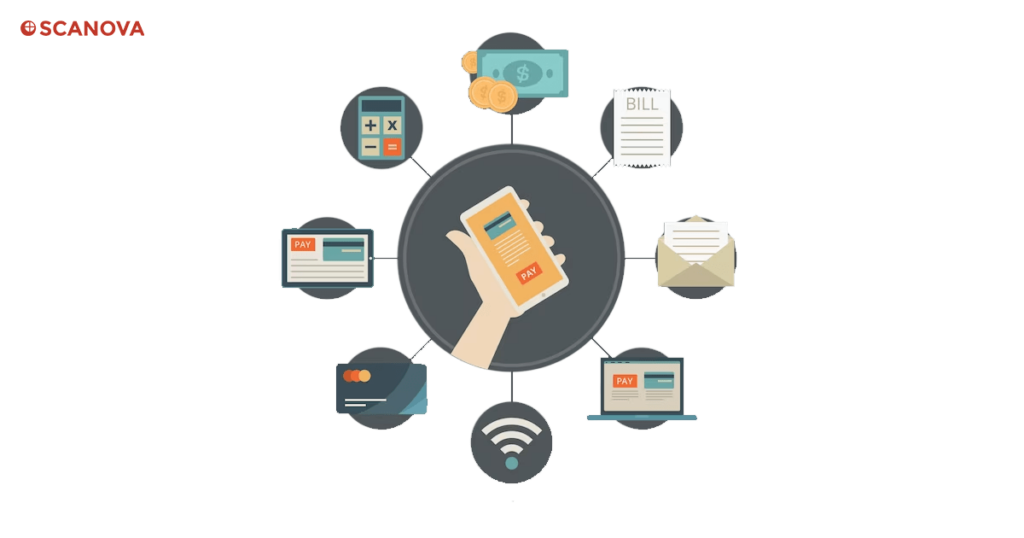
While the technical details of NFC are fascinating, the applications of this technology are captivating too.
You may have used NFC without realizing it, primarily if you’ve used contactless payment systems like Google Wallet or Apple Pay. These platforms utilize NFC to facilitate smooth, contactless transactions.
All you have to do is wave your smartphone over the reader, and voila, your payment is processed. It’s like magic, only it’s science!
But the uses of NFC are not limited to contactless payments. This technology can also be used for social networking, enabling users to share contacts, photos, or videos with a tap.
NFC can turn your phone into a digital wallet to store electronic tickets for concerts, flights, and even electronic identity documents. Plus, NFC can automate tasks using NFC tags. For example, you could use an NFC tag to set your alarms, change your phone settings, or control devices in your smart home.
Generate a QR Code For Your Unique Case
START TODAY!
B. NFC vs. other wireless technologies
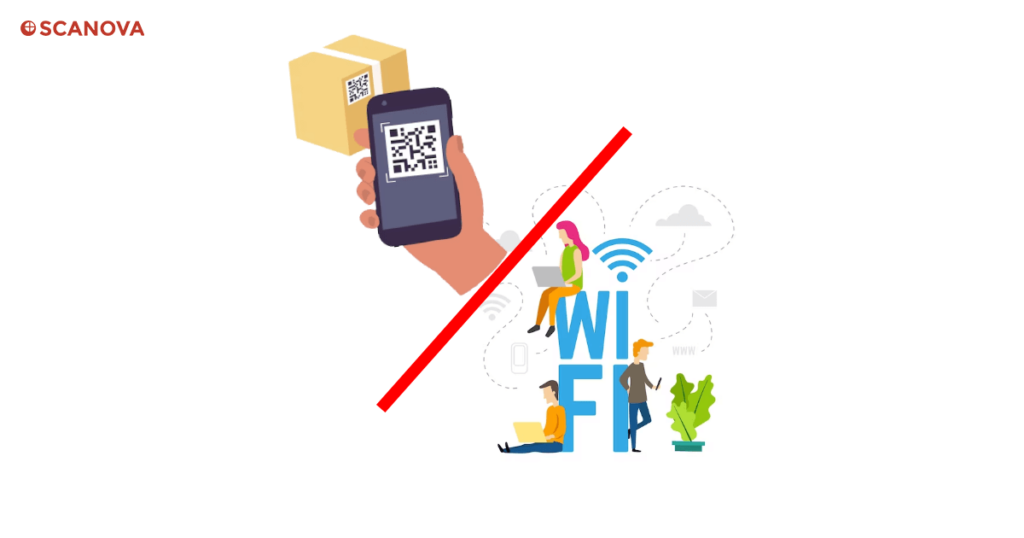
When you mention wireless data transfer, you might instinctively think of Wi-Fi or Bluetooth. However, Near Field Communication (NFC) stands in its own class.
So, when you wonder, “What’s NFC?”, remember that it’s a secure method of wireless data transfer. In contrast to Bluetooth or RFID technologies, NFC operates using electromagnetic radio fields.
Bluetooth, for instance, is known for its broad range and high-speed data transfer. It’s often used to share large files or stream audio.
However, with its simpler connection process, NFC is preferred for quick, efficient transactions. You don’t need to pair devices manually; you bring them close, and they connect. This feature is not only convenient but also saves on battery power.
NFC and RFID have both evolved from the same roots, but their applications have diverged. RFID is used to track items in industries, making it perfect for managing inventories or identifying lost pets.
However, NFC’s secure communication within a close range (up to 4 cm) is ideal for applications that require security. For example, such as contactless payments and digital keycards.
Related : QR Code vs NFC: Making the Right Choice for Your Needs
C. NFC devices and compatibility
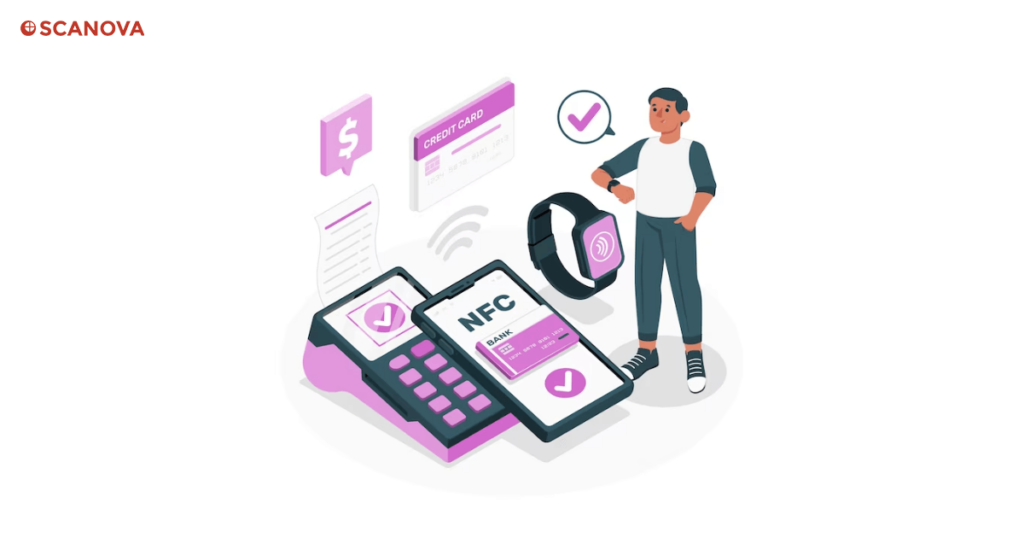
As NFC continues to evolve, more and more devices are becoming NFC-compatible.
Most modern smartphones, including various Android and iPhone models, now have built-in NFC capabilities. Other devices, like tablets, smartwatches, and fitness trackers, are also joining the fray.
The good news is that NFC is platform-agnostic. Whether an Android device, an iPhone, or a Windows phone, an NFC-enabled device can interact with other NFC devices and tags.
However, the specific functionality may vary across different platforms and operating systems.
For example, while Android devices allow a broad range of NFC-based actions, Apple devices currently limit it to Apple Pay. However, this has been gradually changing with recent iOS updates.
D. Setting up NFC on Android devices
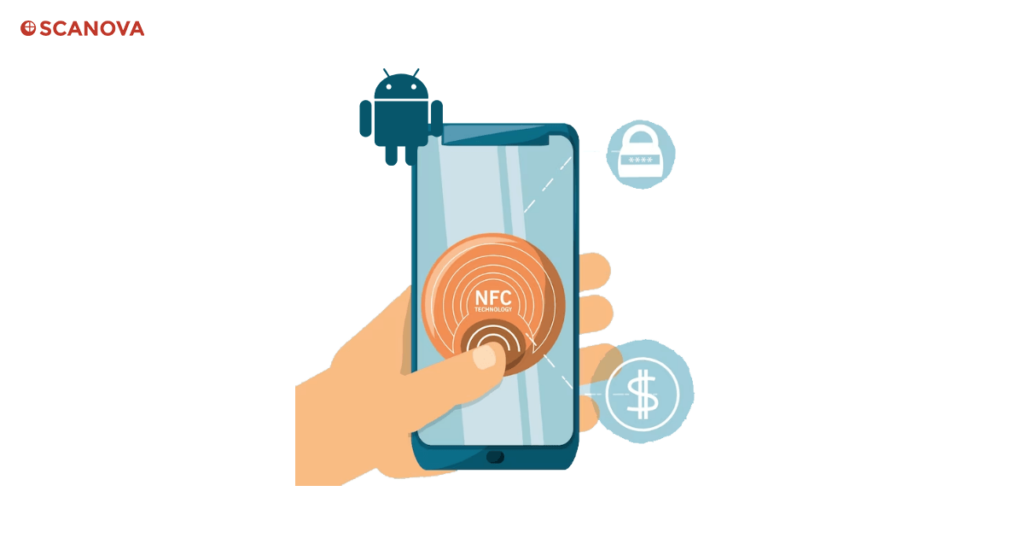
Setting up NFC on your Android device is easy. Still, the exact steps may vary depending on your device model and the version of Android you’re using.
Generally, you’ll find the NFC and payment options under the “Wireless & networks” or “Connections” section in your phone’s settings. You can toggle NFC on or off and set up Android Beam and other payment methods here.
When you turn on NFC, your phone can share your data with other devices or read NFC tags.
For example, you could tap an NFC tag to get details about a product or download a new app. Android Beam allows you to beam app content, browser pages, YouTube videos, contacts, and more.
E. Setting up NFC on iPhone devices
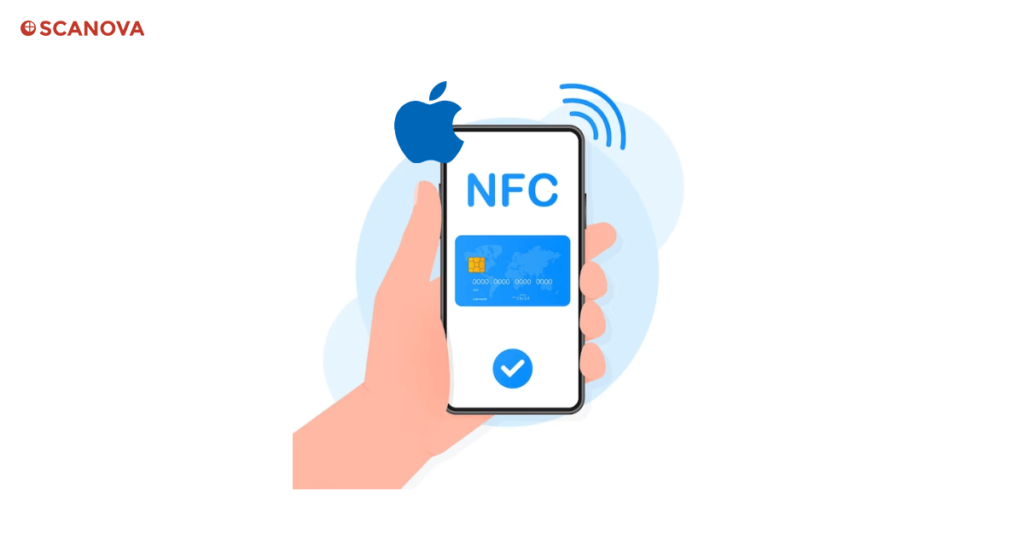
Setting up NFC on an iPhone is also a straightforward process. Still, the options available depend on the iPhone model you have. While iPhones from the iPhone 6 and up have NFC, it was only with the iPhone 7 that Apple allowed NFC uses beyond Apple Pay, with certain limitations.
From iOS 14, Apple has expanded NFC capabilities, allowing users to read NFC tags without an additional app. They have also enabled “CarKey,” a feature that lets drivers store their keys digitally and unlock car with an iPhone or Apple Watch.
To use NFC on an iPhone, you don’t need to enable it manually; it’s always on. To read an NFC tag, tap your iPhone on the tag. If the tag has an action (like a website), your iPhone will show a notification you can tap to perform the action.
F. NFC security and privacy
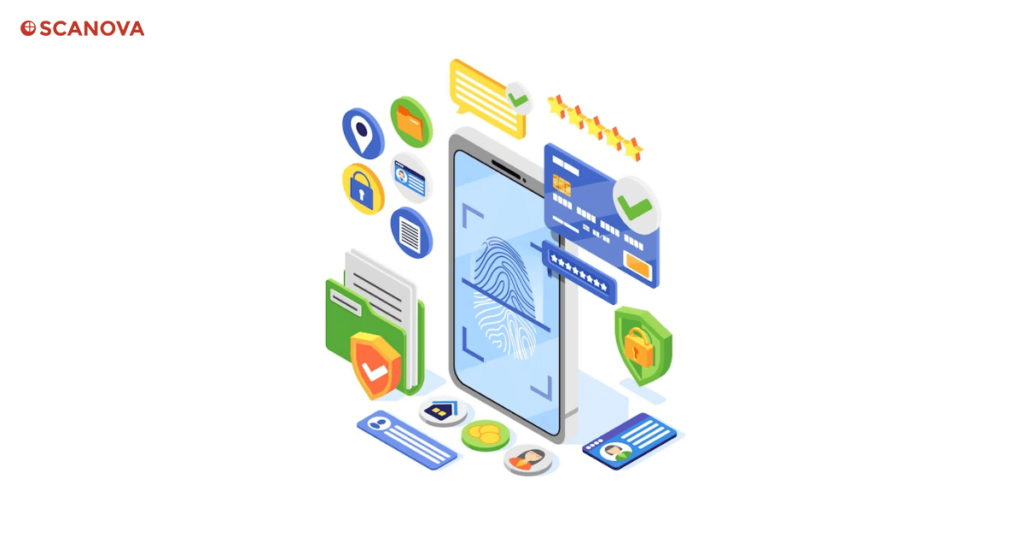
Security and privacy are two critical aspects of NFC technology. The technology must be secure since NFC is often used for sensitive applications. For example, mobile payments, ticketing, and identity documents.
NFC data transmissions are inherently secure due to the short range at which they operate. To intercept NFC data, a potential attacker would need to be incredibly close, within a few centimeters.
However, despite inherent security, additional measures are in place to safeguard against potential risks. For instance, payment applications store your data in a secure element. This is done either on your phone or in the cloud, and use encryption for all transactions.
For privacy, you can protect your data by turning off NFC when not in use, only enabling it when necessary. You can also set your device to “read/write” mode. Such settings prevent it from receiving data or using NFC protective cases to prevent unauthorized access.
Generate a QR Code For Your Unique Case
START TODAY!
G. NFC payment systems
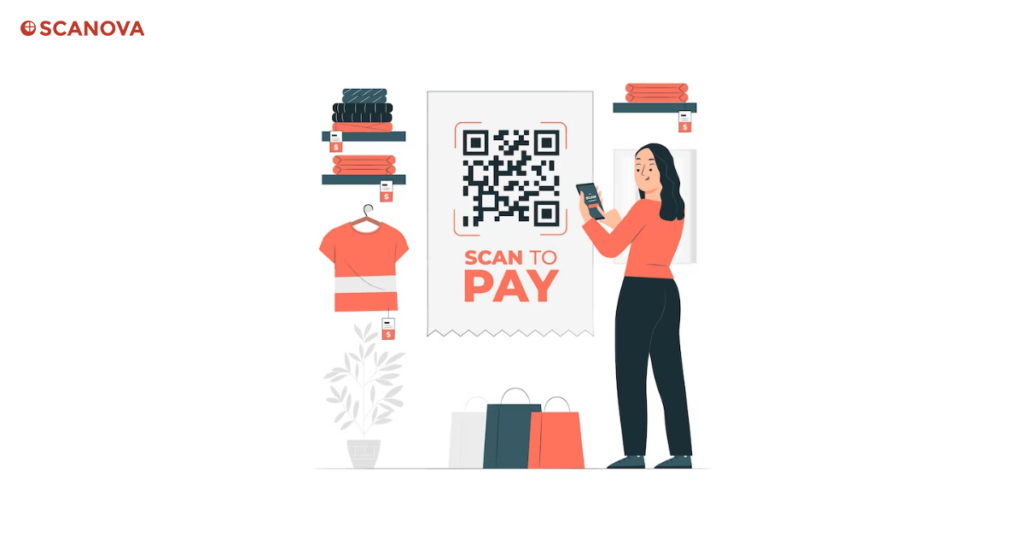
NFC technology has revolutionized payment systems around the world. Known for contactless payments, this method helps users take the desired action with a single tap.
This contactless method has become increasingly popular for its convenience, speed, and enhanced security. It significantly reduces transaction times and eliminates the need for physical assets while maintaining high levels of security with encryption.
